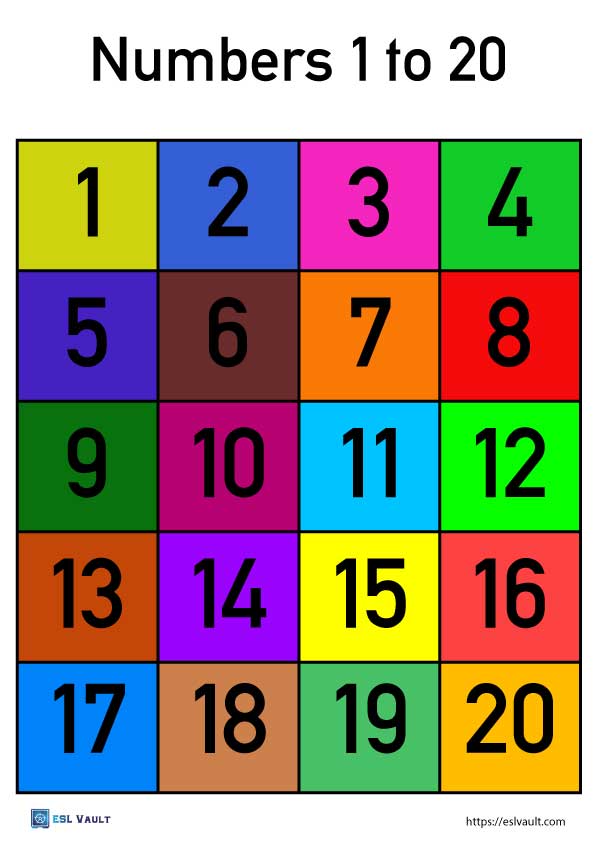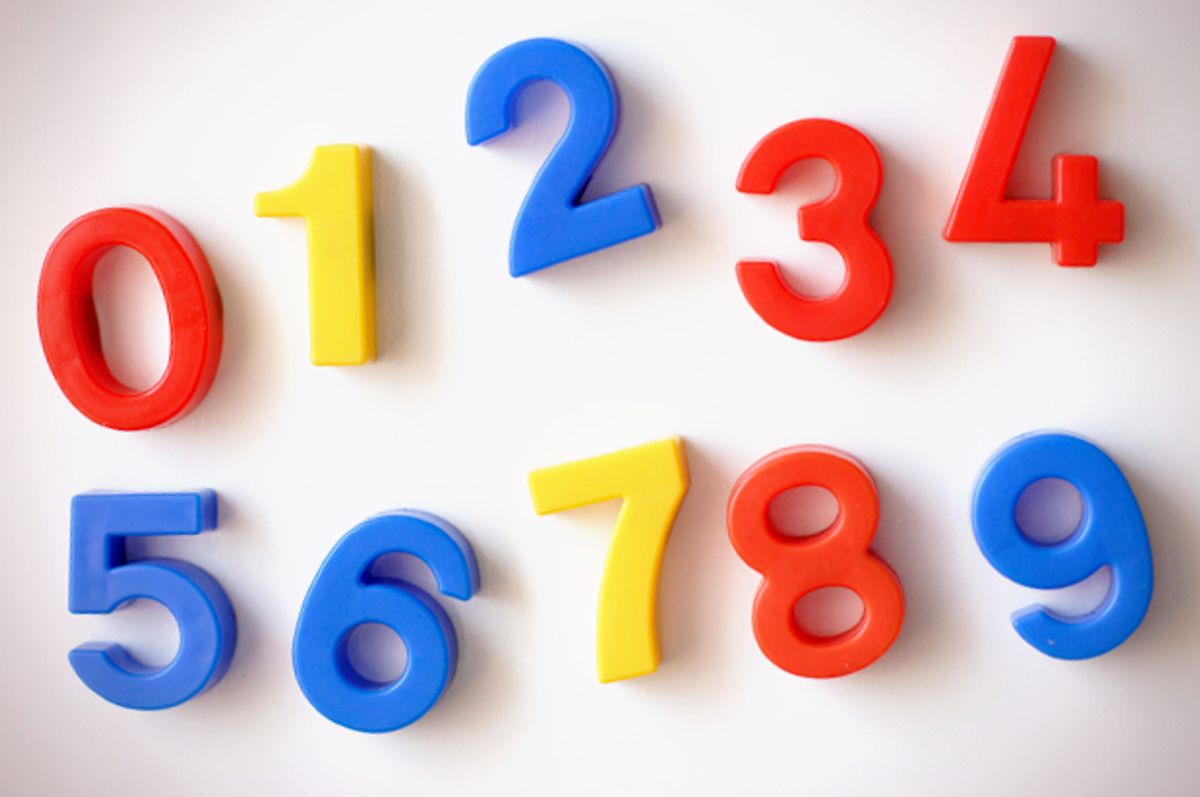Iran's Sacred Landscape: Unveiling The Role And Number Of Mosques
Iran, a nation steeped in rich history and profound spiritual traditions, is home to an extraordinary number of mosques, each serving as a cornerstone of community life and a testament to centuries of Islamic heritage. These sacred structures are far more than mere buildings; they are vibrant centers for worship, education, and social gathering, reflecting the deep-rooted faith of the Iranian people. From the bustling metropolises to the serene rural villages, the presence of these architectural marvels is a defining characteristic of the Iranian landscape.
Understanding the prevalence and significance of these mosques offers a unique lens through which to view Iran's cultural and religious identity. While precise, universally agreed-upon figures for the total number of mosques in Iran can be complex to ascertain due to various factors, their ubiquitous presence across cities, towns, and villages underscores their central role in the daily lives of millions. This article delves into the historical, architectural, and societal significance of mosques in Iran, exploring the challenges in quantifying their exact count and their enduring legacy in a nation deeply intertwined with its Islamic heritage.
Table of Contents
- The Historical Tapestry of Mosques in Iran
- Architectural Marvels: The Diverse Styles of Iranian Mosques
- Beyond Worship: The Multifaceted Role of Mosques in Iranian Society
- Estimating the Number of Mosques in Iran: A Complex Endeavor
- Preserving Heritage: Maintenance and Restoration Efforts
- Mosques in the Modern Era: Adaptation and Continuity
- The Future Outlook for Mosques in Iran
The Historical Tapestry of Mosques in Iran
The history of mosques in Iran is as rich and intricate as the nation's own storied past, reflecting centuries of artistic, religious, and political evolution. Following the advent of Islam in the 7th century, the construction of mosques began almost immediately, often repurposing existing structures or building anew on significant sites. Early mosques were relatively simple, adhering to the basic requirements of communal prayer, but over time, they evolved into magnificent architectural complexes that showcased the pinnacle of Persian artistry and engineering.
During the Seljuk period (11th-12th centuries), the four-iwan plan became prominent, influencing mosque design for centuries to come. The grand Jameh Mosque of Isfahan stands as a living testament to this evolution, having been continuously built upon and modified over a thousand years, incorporating elements from various eras. The Ilkhanid and Timurid periods introduced more elaborate tilework and structural innovations, while the Safavid era (16th-18th centuries) marked a golden age for Iranian mosque architecture, producing masterpieces like the Imam Mosque (formerly Shah Mosque) and Sheikh Lotfollah Mosque in Isfahan's Naqsh-e Jahan Square. These structures are renowned for their breathtaking blue tiles, intricate calligraphy, and perfectly proportioned domes. Even in later periods, such as the Qajar and Pahlavi eras, while architectural styles might have shifted, the fundamental importance of the mosque as a spiritual and communal center remained unwavering. Each historical layer adds depth to the story of the number of mosques in Iran, not just in quantity but in their evolving forms and functions.
Architectural Marvels: The Diverse Styles of Iranian Mosques
Iranian mosques are celebrated globally for their distinctive architectural features, which fuse Islamic artistic principles with indigenous Persian traditions. The most striking elements often include the grand entrance portals (pishtaq), towering minarets from which the call to prayer resonates, and the majestic domes that cap the main prayer halls. These domes are not merely structural; they are often adorned with exquisite tilework, creating mesmerizing patterns that draw the eye upwards, symbolizing the heavens.
A hallmark of Iranian mosque architecture is the extensive use of vibrant tilework, particularly the "haft rangi" (seven-color) technique, which employs a palette of black, white, dark blue, light blue, green, yellow, and biscuit colors to create complex geometric and floral motifs, as well as calligraphic inscriptions. These designs are not just decorative; they often convey profound spiritual meanings, incorporating Quranic verses and philosophical concepts. The layout of many Iranian mosques typically features a central courtyard surrounded by arcades and iwans – vaulted open halls – leading to the main prayer hall. The mihrab, a niche indicating the direction of Mecca, is often the most elaborately decorated part of the prayer hall. Regional variations also exist; for instance, mosques in the desert regions might incorporate wind-catchers for natural ventilation, while those in mountainous areas might feature more robust, stone-based construction. This rich architectural diversity contributes to the unique character of each mosque, making the collective number of mosques in Iran a treasure trove of art and history.
Beyond Worship: The Multifaceted Role of Mosques in Iranian Society
While their primary function is undoubtedly as places of worship, mosques in Iran have historically served, and continue to serve, as vital hubs for a multitude of social, educational, and cultural activities. They are not merely buildings where prayers are recited five times a day; they are living, breathing institutions that are deeply integrated into the fabric of Iranian community life. This multifaceted role elevates their importance beyond the spiritual, making them indispensable pillars of society.
Community Hubs and Social Cohesion
For centuries, the mosque has been the quintessential community center in Iran. It serves as a gathering place where neighbors meet, discuss local issues, and strengthen social bonds. Mosques often host events such as communal meals during religious holidays, charity drives, and even informal dispute resolution sessions, where local elders and clerics mediate disagreements. They provide a safe space for people to connect, seek advice, and find support, particularly in times of need. The mosque's role in fostering social cohesion is particularly evident during significant religious observances like Ramadan and Muharram, when communities come together for special prayers, lectures, and mourning ceremonies. This deep integration into daily life means that the number of mosques in Iran directly correlates with the number of active community centers, each playing a crucial role in local governance and mutual aid.
Educational and Cultural Centers
Beyond their social functions, mosques have long been bastions of learning and cultural preservation. Many mosques house libraries containing vast collections of religious texts, historical manuscripts, and scholarly works. They serve as venues for religious education, offering classes on Quranic recitation, Islamic jurisprudence (fiqh), ethics, and history. Larger mosques, particularly those in religious centers like Qom and Mashhad, are often associated with renowned hawzas (seminaries) that educate future clerics and scholars, contributing significantly to Iran's intellectual and religious landscape. Public lectures on various topics, cultural events, and even art exhibitions are frequently held within mosque complexes, making them vibrant cultural nodes. This educational and cultural dimension underscores that the significance of the number of mosques in Iran extends far beyond their architectural presence, encompassing their vital contribution to knowledge dissemination and cultural continuity.
Estimating the Number of Mosques in Iran: A Complex Endeavor
Determining an exact, definitive figure for the number of mosques in Iran is a more complex task than one might initially imagine. While it is widely acknowledged that Iran is home to tens of thousands of mosques, arriving at a precise, universally agreed-upon number is challenging due to several factors, including varying definitions of what constitutes a mosque, the dynamic nature of construction and demolition, and the availability of centralized, publicly accessible data.
It is important to note that the "Data Kalimat" provided for this article, which pertains to "Number Web" sports columns and Japanese sports news, is entirely irrelevant to the topic of the number of mosques in Iran. Therefore, I cannot use that data to provide specific statistics or references for this section. Any reliable figures would typically come from official Iranian government bodies, such as the Endowments and Charity Affairs Organization (Sazman-e Owqaf va Omur-e Khayriyeh), or from academic research and demographic studies within Iran.
Challenges in Quantification and Data Collection
One of the primary difficulties in quantifying the number of mosques in Iran lies in the definition itself. Does "mosque" include small, informal prayer rooms (namazkhaneh) found in bazaars, offices, or residential complexes, or only purpose-built, larger congregational mosques (masjed-e jameh)? Many smaller neighborhoods might have multiple prayer spaces that serve local needs but might not be officially registered as full-fledged mosques. Furthermore, data collection can be fragmented; while central organizations might have records, these are not always publicly disseminated in a consolidated, up-to-date format that accounts for newly built structures or those that have fallen into disuse or disrepair.
The dynamic nature of urban development and rural shifts also plays a role. New residential areas necessitate new mosques, while older ones in declining neighborhoods might see reduced activity. Without a continuously updated, publicly accessible national registry that adheres to a consistent definition, any precise figure remains an estimate. While official bodies undoubtedly maintain internal records for administrative and planning purposes, these detailed statistics are not typically released for public consumption in a comprehensive manner, making external verification and precise counting a significant challenge for researchers and the general public alike.
Regional Distribution and Urban vs. Rural Presence
Despite the challenges in obtaining an exact total, the widespread distribution of mosques across Iran is undeniable. Certain regions and cities, particularly those with deep religious significance, tend to have a higher density of mosques. For instance, cities like Qom, a major center for Shia Islamic scholarship, and Mashhad, home to the Imam Reza shrine, are dotted with numerous mosques, large and small, serving pilgrims and residents alike. Tehran, as the capital and largest city, also boasts a significant number of mosques in Iran, ranging from historic structures to modern ones catering to its vast population.
Beyond the major urban centers, mosques are integral to the social fabric of every town and village. Even the smallest hamlets typically have at least one mosque, serving as the focal point for religious life and community gatherings. In rural areas, the mosque often functions as the primary public building, reflecting its central role in daily life where other public amenities might be scarce. The distribution also reflects population density and historical settlement patterns, with older, more established communities often having a greater concentration of historic mosques. This pervasive presence, from bustling city centers to remote rural landscapes, underscores the profound religious devotion and communal spirit that characterize Iranian society, irrespective of the exact numerical count.
Preserving Heritage: Maintenance and Restoration Efforts
With many mosques in Iran boasting centuries of history, the imperative of preservation and restoration is paramount. These structures are not merely places of worship; they are invaluable cultural heritage sites, attracting scholars, tourists, and art enthusiasts from around the world. The intricate tilework, delicate plasterwork, and grand structural elements require continuous maintenance to withstand the test of time, environmental factors, and occasional seismic activity.
The Iranian Cultural Heritage, Handicrafts and Tourism Organization (ICHTO) plays a crucial role in overseeing the conservation of historic mosques, often collaborating with local endowments and religious authorities. Restoration projects can be incredibly complex, requiring specialized knowledge of traditional building techniques and materials to ensure authenticity. These efforts are not only about preserving physical structures but also about safeguarding the cultural memory and artistic legacy embedded within these sacred spaces. Public awareness campaigns and private donations also contribute to these endeavors, recognizing that the continued existence and beauty of the number of mosques in Iran are vital for national identity and for future generations to appreciate. The challenges are significant, given the sheer volume of historic sites, but the commitment to their preservation reflects a deep reverence for both faith and cultural heritage.
Mosques in the Modern Era: Adaptation and Continuity
In the contemporary era, mosques in Iran continue to adapt to changing societal dynamics while maintaining their core functions. Following the Islamic Revolution of 1979, the role of mosques became even more pronounced in the political and social landscape, serving as centers for mobilization, discourse, and the dissemination of revolutionary ideals. While their political role has evolved, their fundamental spiritual and communal significance remains undiminished.
Modern mosques are often designed to incorporate contemporary architectural elements while still honoring traditional motifs. They are increasingly equipped with modern amenities, including advanced sound systems, air conditioning, and digital displays for religious texts and announcements. Many mosques have also embraced technology to reach wider audiences, utilizing websites, social media platforms, and live streaming of sermons and lectures to engage with younger generations and those unable to attend in person. This blend of tradition and modernity ensures that the mosque remains relevant in a rapidly evolving world. The enduring commitment to building and maintaining these structures indicates that the number of mosques in Iran is likely to continue growing, reflecting the ongoing vitality of religious practice and community life in the country.
The Future Outlook for Mosques in Iran
The future of mosques in Iran appears robust, deeply rooted in the nation's cultural and religious identity. As Iran continues to develop, the role of mosques will likely remain central, adapting to new challenges and opportunities. Urbanization and demographic shifts may influence the construction of new mosques in burgeoning urban areas, while older, historic mosques will continue to be cherished and preserved as national treasures.
Challenges may arise from changing social habits, the impact of global media, and the need to engage younger generations in meaningful ways. However, the inherent flexibility and adaptability of the mosque as an institution, coupled with the deep spiritual convictions of the Iranian people, suggest a continued and vibrant presence. Mosques will likely remain vital spaces for spiritual solace, community building, and cultural expression, ensuring that their profound impact on Iranian society endures for centuries to come. The collective number of mosques in Iran will continue to symbolize the enduring faith and rich heritage of a nation that holds its spiritual traditions close to its heart.
Conclusion
The number of mosques in Iran, while not easily quantifiable with a single, precise figure, undeniably represents a vast and intricate network of sacred spaces that are fundamental to the nation's identity. From the ancient, awe-inspiring architectural masterpieces that narrate centuries of history to the bustling local mosques that serve as the heartbeat of contemporary communities, these structures are far more than mere buildings for prayer. They are vibrant centers of social cohesion, educational enlightenment, and cultural preservation, embodying the deep spiritual and communal values of the Iranian people.
Despite the complexities in data collection and the dynamic nature of their presence, the ubiquitous existence of mosques across Iran underscores their irreplaceable role in daily life. They stand as enduring symbols of faith, resilience, and artistic brilliance. As Iran moves forward, these sacred spaces will undoubtedly continue to evolve, adapt, and inspire, maintaining their pivotal position in the hearts and minds of generations to come. We encourage you to share your thoughts on the significance of these remarkable structures in the comments below, or explore other articles on Iranian culture and history on our site to deepen your understanding of this fascinating nation.

Numbers in English: How to Count From 1-100 - Busuu

Printable Number Chart

The secret history of numbers: How math shapes our lives in amazing